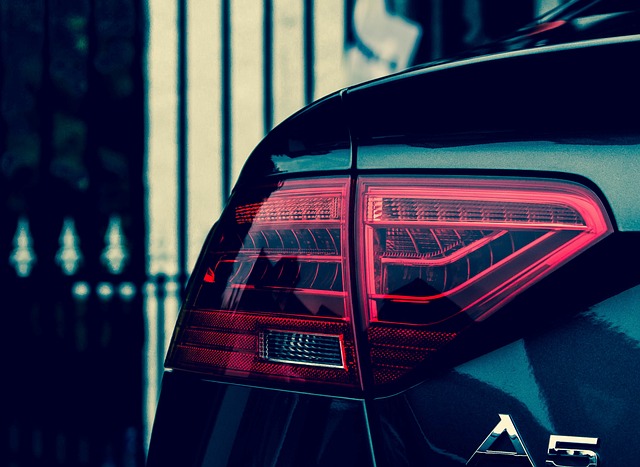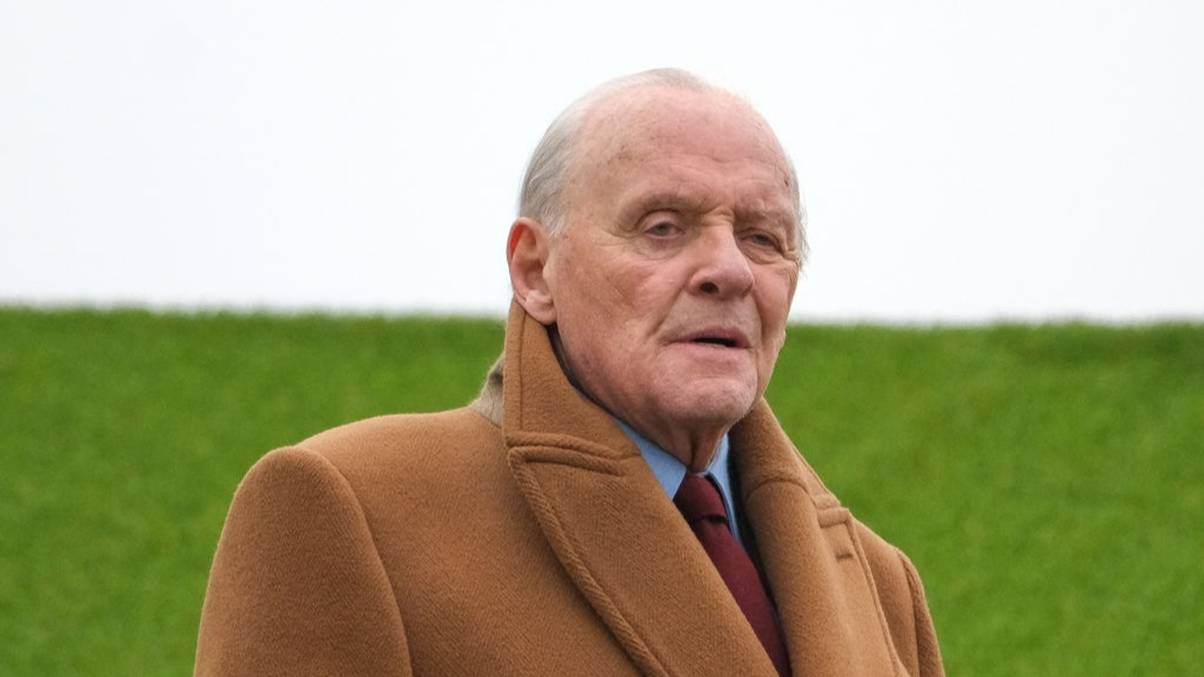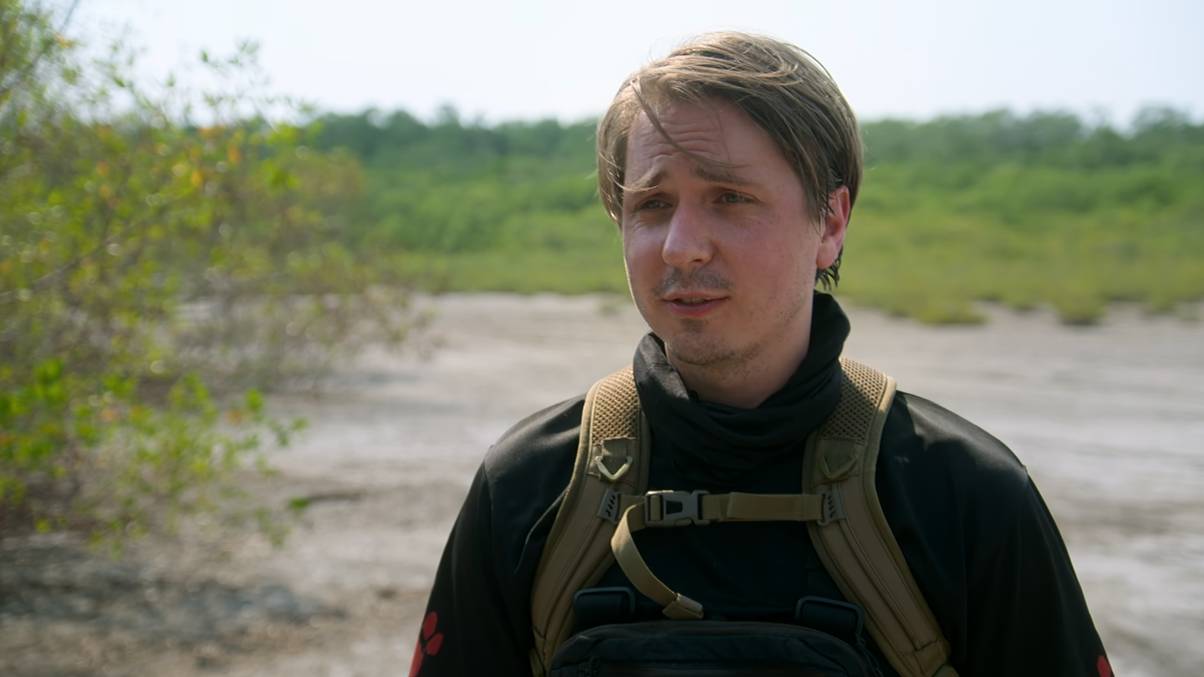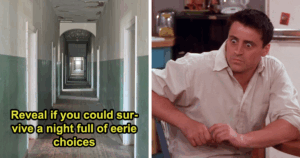Why Do Police Officers Always Touch Your Car’s Taillights During a Traffic Stop? The Surprising Reason Revealed!
Ever wonder why, during those oh-so-tense traffic stops, police officers have this almost ritualistic move of reaching out and touching your taillights? Like, is it some secret handshake or a weird game of ‘gotcha’? Well, spoiler alert: it’s far from random or quirky. That little touch actually serves a bunch of important—and frankly, pretty clever—purposes, from leaving behind a fingerprint trail to subtly reminding everyone who’s boss on the scene. Next time you’re sweating bullets wondering what you did wrong, remember, that tap isn’t just a poke… it’s a mix of documentation, safety, and authority all rolled into one. Curious to find out why this small gesture packs such a punch? LEARN MORE.
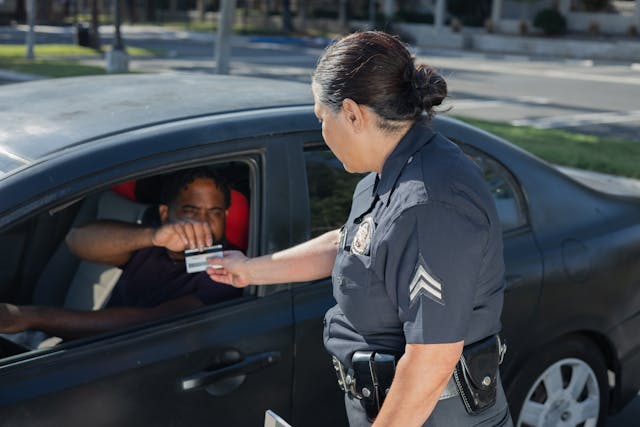
Photo by Kindel Media
It’s always concerning when you’re driving down the road and see the red and blue flashing lights in your rearview mirror. As you pull over, all you can think of is what you possibly did wrong.
As the police officer approaches your vehicle, they’re likely to do something – reach out and touch your taillights. Why is this done?
It’s not just a quirk of a random officer. There are actually a few reasons why it’s done.
Documentation
When a police officer touches the taillights, they have documented the interaction. While small, they have left behind their fingerprints on the vehicle as physical evidence of stopping.
In the event there’s ever a dispute about an officer actually pulling you over, that’s their evidence.
Safety
Traffic stops are unpredictable, so officers approaching the vehicle never know what to expect from the driver or the passengers. Touching the taillight is the evidence needed to help investigators piece together what happens if something goes wrong – such as the driver choosing to speed off before the officer can talk to them.
Deterrence
Drivers will see the officer touch the vehicle. This serves as a silent warning that the officer is already documenting everything that’s going on. The driver would be wise not to do anything dangerous, such as hiding or disposing of contraband.
Authority
For some, the touching of the taillight shows authority. The officer is in charge of the scene and has already started the interaction. Once the taillight is touched, many officers will have a full routine that includes looking into windows and signaling to the driver to roll down the window. By touching the taillight first, it reminds them that everything else must be done, too.
Ultimately, an officer may or may not touch your taillight during a stop. If they do, you know that it’s for documentation purposes and for the safety and routine of the officer.

